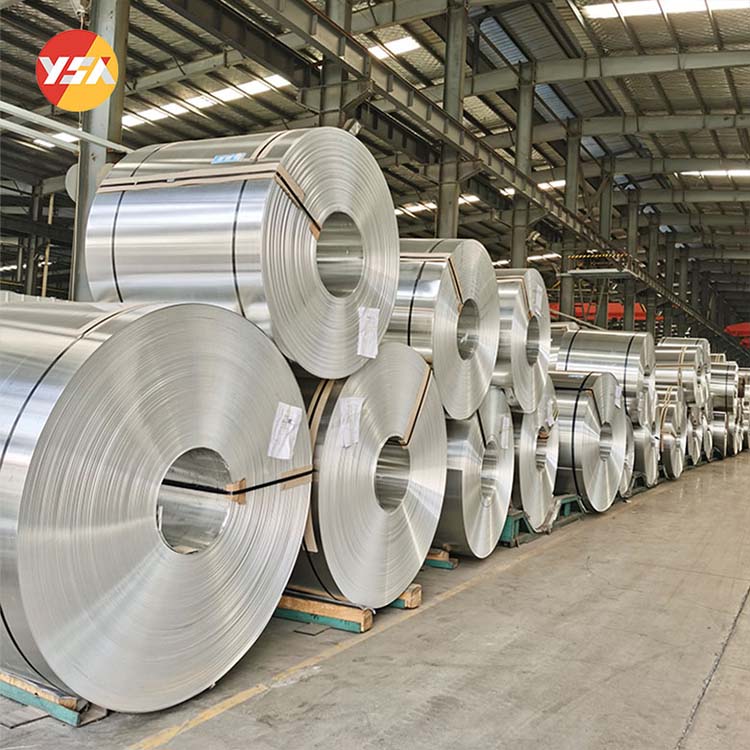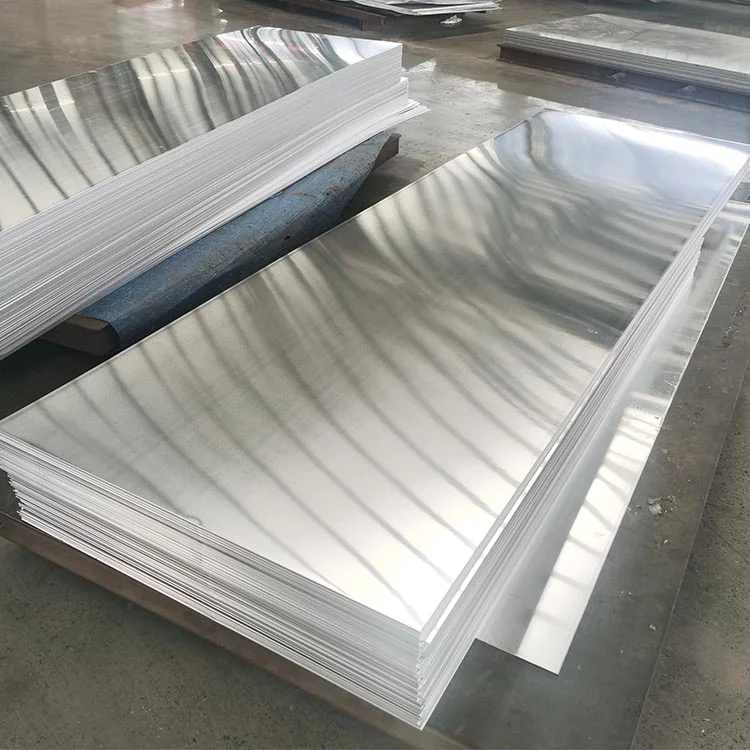[ad_1]
Innovations in Eco-Friendly Building Materials: The Rise of Plastic Composite Panels
As the world continues to face environmental challenges, the construction industry is beginning to shift towards more sustainable building materials. One of the most exciting developments in this space is the rise of plastic composite panels. These innovative materials offer a range of benefits, from improved durability to reduced carbon footprint. In this article, we’ll explore the key features of plastic composite panels, their environmental impact, and the future of sustainable construction.
What are Plastic Composite Panels?
Plastic composite panels, also known as wood-plastic composites or WPCs, are a type of building material made from a combination of wood fibers and thermoplastics. This creates a material that has the appearance and texture of wood, but with added durability and weather resistance. The panels are typically used for outdoor decking, fencing, and cladding, but can also be used for interior applications such as wall paneling and furniture.
Benefits of Plastic Composite Panels
There are several key benefits of using plastic composite panels in construction projects. One of the main advantages is their durability. Unlike traditional wood products, plastic composite panels are resistant to rot, decay, and pests. This means they have a longer lifespan and require less maintenance, reducing the need for frequent replacements and repairs.
Another benefit of plastic composite panels is their environmental impact. The use of recycled materials in their production helps reduce waste and lower carbon emissions. Additionally, the panels are often recyclable at the end of their lifespan, further reducing their environmental footprint.
Plastic composite panels are also lightweight and easy to install, making them a cost-effective choice for construction projects. The material can be cut, drilled, and shaped just like wood, allowing for a wide range of design possibilities. This versatility, combined with their aesthetic appeal, makes plastic composite panels a popular choice for both residential and commercial developments.
Environmental Impact of Plastic Composite Panels
While plastic composite panels offer many environmental benefits compared to traditional building materials, it’s important to consider their full life cycle impact. The production of thermoplastics, the primary component of WPCs, is energy-intensive and can contribute to greenhouse gas emissions. In addition, some wood fibers used in composite panels may come from unsustainable sources, leading to deforestation and habitat destruction.
To mitigate these environmental concerns, manufacturers are increasingly using recycled and sustainable materials in the production of plastic composite panels. By sourcing wood fibers from certified sustainable forests and using recycled thermoplastics, companies can reduce the environmental impact of their products. Additionally, advances in recycling technologies are making it easier to recycle plastic composite panels at the end of their lifespan, further reducing waste and emissions.
Future of Sustainable Construction
As the demand for sustainable building materials continues to grow, plastic composite panels are poised to play a key role in the future of construction. With their durability, versatility, and environmental benefits, WPCs are an attractive option for builders looking to reduce their carbon footprint and meet green building standards.
Innovations in the production of plastic composite panels are also driving their adoption in the construction industry. New manufacturing techniques are improving the quality and performance of WPCs, making them a competitive alternative to traditional building materials. Companies are also investing in research and development to create new composite materials with even greater sustainability and durability.
In conclusion, plastic composite panels are a promising innovation in eco-friendly building materials. With their durability, versatility, and environmental benefits, WPCs offer a sustainable alternative to traditional wood products. By using recycled and sustainable materials in their production, manufacturers can further reduce the environmental impact of plastic composite panels. With continued advancements in technology and greater awareness of sustainable construction practices, the rise of plastic composite panels signals a positive shift towards a greener future for the construction industry.
[ad_2]


